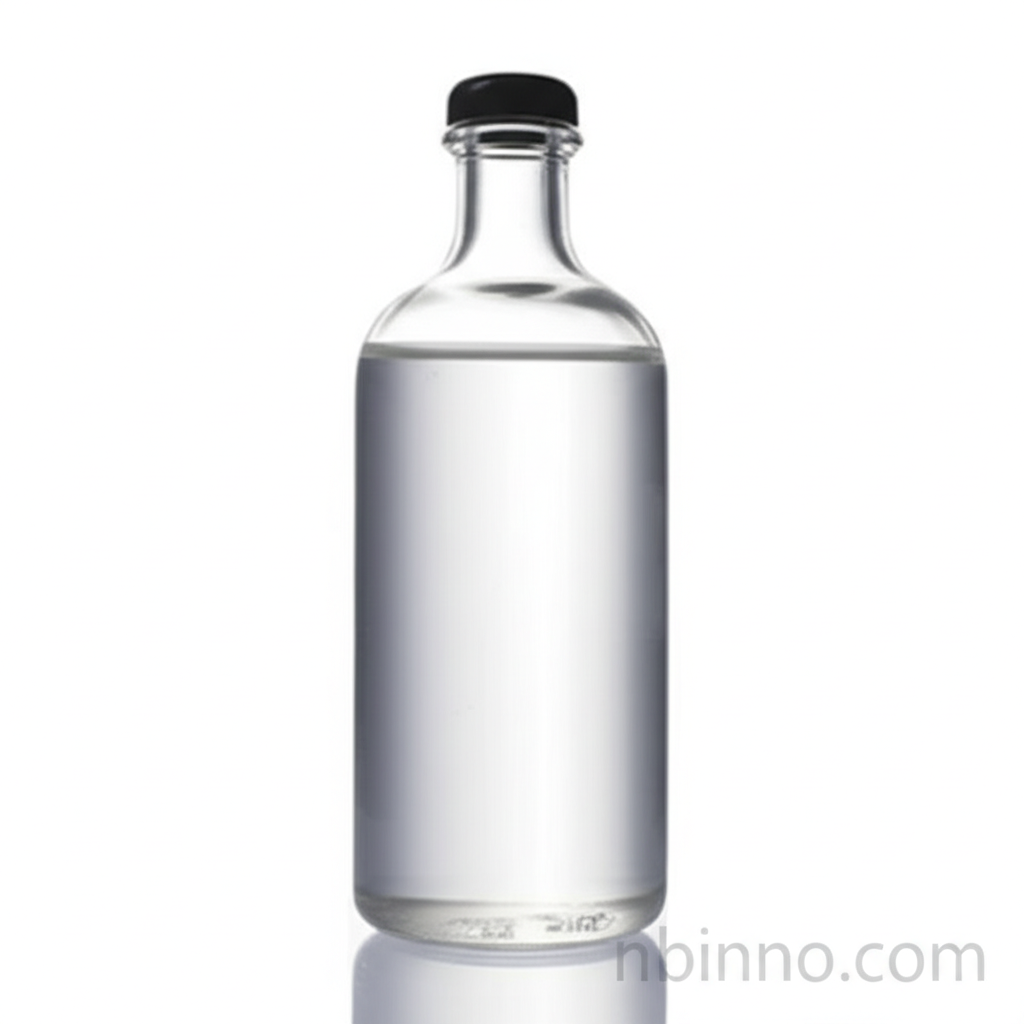Isooctyl Alcohol 26952-21-6: A Versatile Solvent and Chemical Intermediate
Unlock the potential of Isooctyl Alcohol in your industrial applications. Discover its diverse uses and benefits today.
Get a Quote & SampleProduct Core Value

Isooctyl Alcohol
Isooctyl Alcohol (CAS 26952-21-6) is a critical chemical compound valued for its extensive utility across numerous industrial sectors. As a colorless liquid with a faint pleasant odor, it serves as an exceptional solvent for a wide array of materials including nitrocellulose, urea, resins, enamels, alkyd varnishes, and lacquers. Its chemical properties also make it an indispensable intermediate in the synthesis of plasticizers, surfactants, lubricants, and emulsifiers. Furthermore, its applications extend to ceramics, paper coatings, textiles, and latex rubbers, underscoring its versatility.
- Discover the advantages of using isooctyl alcohol as a solvent for lacquers and resins, enhancing product performance and application ease.
- Explore how isooctyl alcohol serves as a key intermediate for plasticizers and surfactants, crucial components in many consumer and industrial goods.
- Learn about the applications of isooctyl alcohol in lubricants, emulsifiers, and defoamers, improving efficiency and functionality in various formulations.
- Understand the role of isooctyl alcohol in paper sizing, latex formulations, and photography, highlighting its diverse use cases.
Advantages You'll Get
Exceptional Solvency
Leverage the superior solvency of isooctyl alcohol for lacquers and resins, ensuring smooth application and excellent finish in your coatings and varnishes.
Versatile Intermediate
Utilize isooctyl alcohol as a key intermediate for plasticizers and surfactants, enabling the development of high-performance materials and consumer products.
Enhanced Performance
Incorporate isooctyl alcohol into lubricants, emulsifiers, and defoamers to boost performance and provide critical functionalities in industrial formulations.
Key Applications
Coatings and Varnishes
As a resin solvent, isooctyl alcohol contributes to the formulation of high-quality coatings and varnishes, offering excellent solvency and application properties.
Plasticizer Production
Isooctyl alcohol is a primary intermediate in the production of plasticizers, which are essential for improving the flexibility and durability of plastics.
Surfactants and Emulsifiers
Its structure makes isooctyl alcohol ideal for synthesizing surfactants and emulsifiers used in detergents, cosmetics, and various industrial processes.
Lubricants and Fluids
The compound is employed in the making of cutting and lubricating oils, as well as in hydraulic fluids, contributing to their performance and stability.
Related Technical Articles & Resources
Why Choose Us?
Leverage our expertise and state-of-the-art infrastructure to accelerate your journey from discovery to commercial success.
Global Experience
With 20 years of R&D, manufacturing, and sales experience, we proudly serve clients across 60 countries and regions worldwide.
Advanced Facilities
Our in-house R&D laboratory, pilot platform, and large-scale production workshop are equipped to meet the audit requirements of global customers.
Seamless Scalability
We facilitate a perfect transition from small-scale lab requirements (grams) to full commercialization (hundreds of tons).
